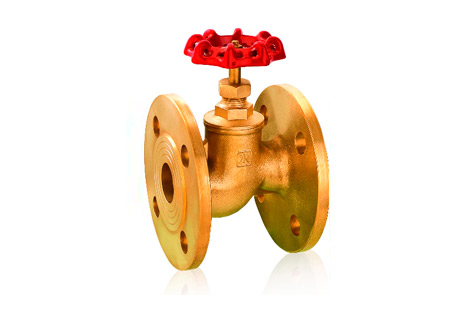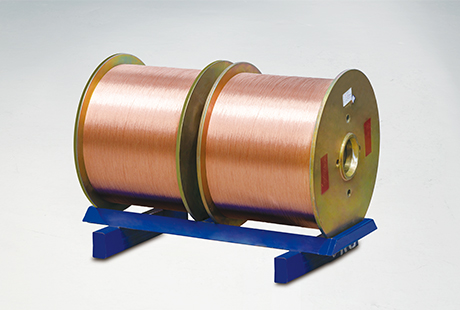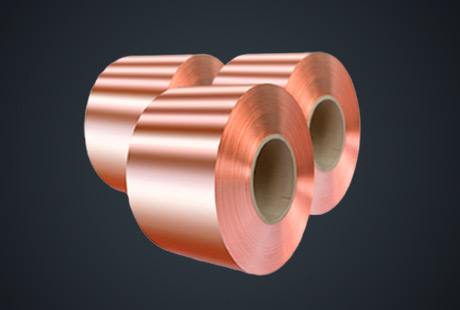The increasingly booming field of new energy vehicles is attracting a large number of domestic and foreign enterprises to rush to the "battlefield." The seemingly not-so-new lithium manganese oxide technology appears to be once again shining with an eye-catching flair. While technological innovation is certainly delightful, finding new raw materials with higher cost-performance ratios, larger reserves, and more pricing discourse rights is the fundamental way to enhance the industry's end-to-end cost reduction and efficiency improvement capabilities.
The power battery voltage of pure electric vehicles is mostly between 200-400V. If the high-voltage electrical appliances of the whole vehicle, such as the motor controller, air conditioning system, DC/DC system, and charging system, are directly connected to the power battery, it will cause the power battery harness to be cluttered, increasing costs, occupying vehicle space, and augmenting the safety hazards of the whole vehicle.
Therefore, electric vehicles need to add a high-voltage distribution box to distribute the high voltage from the power battery.
Currently, each vehicle manufacturer and component supplier has introduced its high-voltage distribution box. Due to the lack of fixed design principles and relevant norms, the distribution boxes produced by each manufacturer vary in shape and internal layout. Here, we introduce and analyze common high-voltage distribution box designs and layouts.
Distribution Box as an Independent Component
Components inside the distribution box, such as fuses, relays, current sensors, pre-charge resistors, and busbars, are sequentially arranged inside the distribution box body. The connections between each device inside the box body mostly use harness connections, making the harness more cluttered.
When using this layout method, pay attention to distinguishing the harness according to positive and negative polarity and high and low voltage, and fix them separately to reduce the overall clutter and minimize the safety hazards of short circuits. Since large currents require harnesses with thicker wire diameters, which are difficult to bend within limited space, circuits with larger currents should consider using busbars for connections. This layout method is the most traditional form of arrangement.
Advantages
Simple and clear, each component is obvious; very convenient for production and maintenance.
Disadvantages
The harness is prone to being cluttered and errors in connections can easily occur due to momentary oversights during production; it occupies a larger space within the vehicle. Exposed busbars also pose significant safety hazards. If production follows this method, it is recommended to coat the exposed busbars with insulating materials during assembly.
Fuses, relays, and other components in the distribution box are sequentially arranged, but the connections between each component and the socket use PCB boards and busbars.
The connection method between components changes from harnesses to PCB boards, with the PCB boards covering the busbars connecting the components.
Low voltage and high voltage connection parts are arranged in layers. Low-voltage and high-voltage interfaces are reserved on the PCU board. This way, if there is a damaged area inside the high-voltage box, it can be easily replaced. In this layout method, low-voltage contactors can be directly soldered onto the PCB board, eliminating the need for fuse mounting brackets, and high and low voltage wiring is integrated into the PCB board. Therefore, it can greatly reduce the internal wiring layout of the box, thereby reducing the box size and saving space for the vehicle.
Using a PCB board to cover the busbars maximally ensures personal safety and reduces vehicle failure caused by harness damage and poor contact.
Due to the higher cost of using this layout method, it has not yet been widely applied due to cost and labor time concerns.
High-Voltage Distribution Box Integrated with Other Components into One Box Body
Integrating the high-voltage distribution box with other components can maximize space saving.
In the integrated layout scheme, while saving space and reducing wiring harness costs, it inevitably increases the difficulty of maintaining and replacing each component within the integration. Therefore, when proceeding with integration, pay attention to reasonable layouts, trying to place easily damaged parts in the top layer of the integrated box, and locate heat-generating components close to heat sinks to facilitate maintenance and allow components to fully function, reducing the frequency of damage.

 English
English 한국어
한국어 français
français Deutsch
Deutsch Español
Español italiano
italiano العربية
العربية tiếng việt
tiếng việt Türkçe
Türkçe ไทย
ไทย 中文
中文





